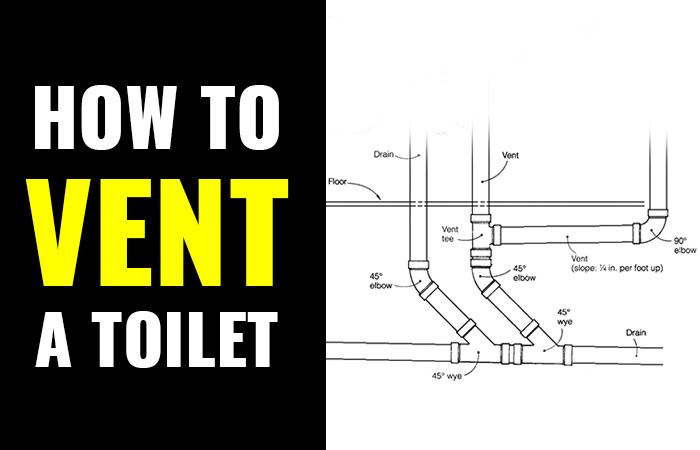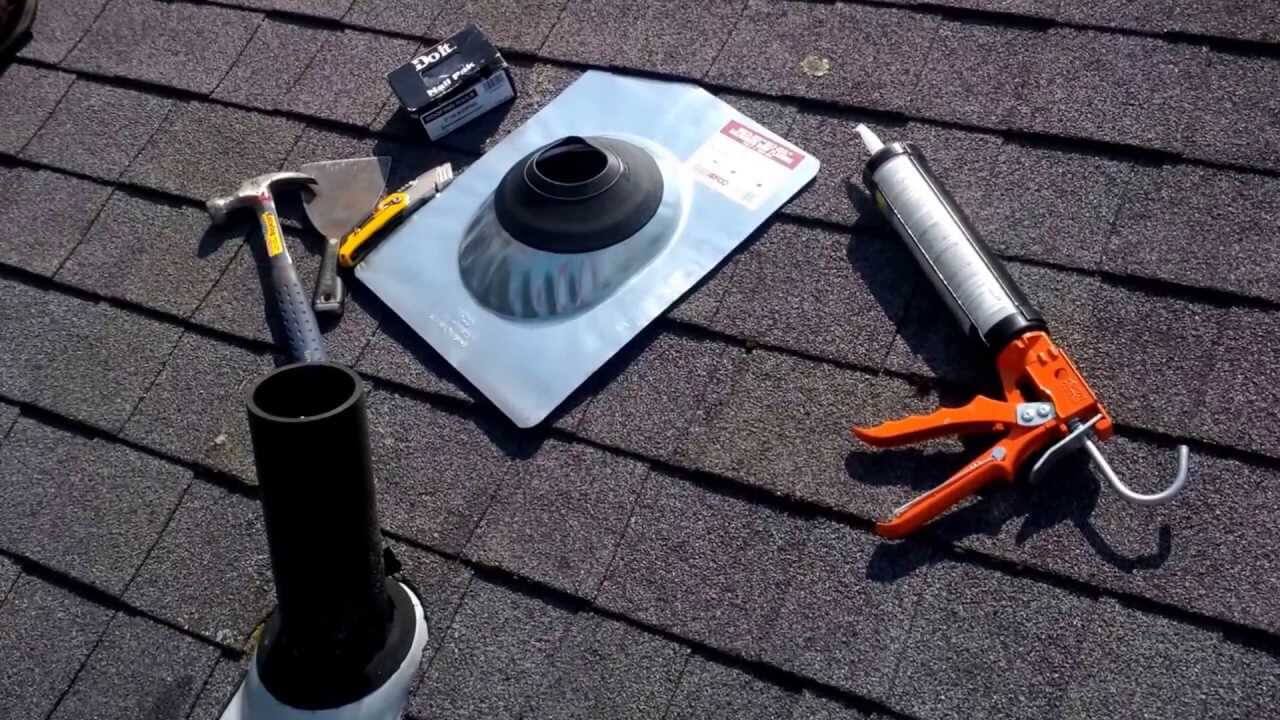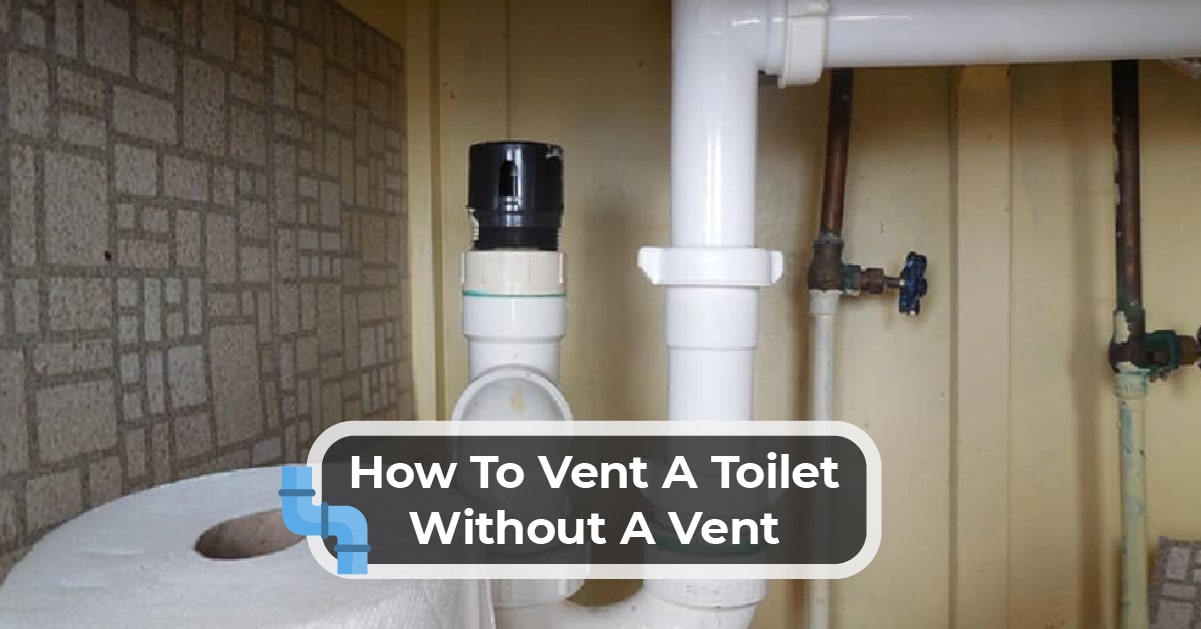There may come a time when you need to vent your toilet. Perhaps the water isn’t flowing as quickly as it should, or the pressure is too high and the noise is keeping you up at night. Whatever the reason, this guide will walk you through the process of venting your toilet in a safe and effective manner. Venting your toilet can help improve its performance, and it’s a task that anyone can do with a little bit of know-how. So keep reading to learn how to vent a toilet like a pro!
What is the Purpose of a Plumbing Vent?
A plumbing vent is a pipe that runs through the roof of a home and serves two purposes. The first purpose is to allow fresh air into the drain pipes. This is necessary because when water flows down the drain, it creates suction that can cause the water in the traps to pull out of the fixture. The second purpose of the plumbing vent is to allow gasses and odors to escape from the drain pipes. These odors can come from things like cooking grease, soap scum, and rotting food.
Plumbing vents also help to prevent sewer gas from entering the home. Sewer gas is a mixture of hydrogen sulfide and methane that can be hazardous to your health. In summary, plumbing vents are essential for preventing water from being pulled out of traps, allowing odors to escape, and preventing sewer gas from entering the home.
Also, read- How to Replace a Toilet When You Don’t Want to Hire a Plumber
How Do I Know If My Toilet Needs a Vent?
There are a few signs that indicate your toilet may need a vent:
- The toilet bowl takes a long time to fill up after being flushed.
- The bowl doesn’t fill up all the way after being flushed.
- There is water on the floor around the toilet base.
- The toilet makes gurgling noises when flushed.
If you notice any of these signs, then it’s time to get all the answers to how to vent a toilet. Keep reading for instructions on how to do it.
How to Vent a Toilet?
1) Locate the main drain stack for your home. This is usually located in the basement or crawl space.
2) Find the pipe that leads from the bowl of your toilet to the main drain stack. This is usually located behind the toilet.
3) Measure the toilet vent distance from the center of the main drain stack to where the pipe meets the bowl of your toilet. This will determine how long your vent pipe needs to be.
4) Cut a piece of PVC pipe that is equal to the measurement you took in step 3.
5) Attach one end of the PVC pipe to the fitting on the main drain stack and attach the other end of the pipe to the fitting on the bowl of your toilet.
6) Turn on all faucets in your home and flush all toilets to test for proper operation. There should be no slow draining or gurgling noises coming from any fixtures in your home.
7) If everything is working properly, then congratulations! You have successfully vented your toilet.
So, that’s all you need to know about how to vent a toilet like a pro but there are some other options too. Read below for more info.
Toilet Venting Options Without A Vent Pipe
If your home doesn’t have a vent pipe, you have some options for toilet drain venting. A convenient way to install a toilet is to use an ejector pump. The ejector pump is installed on the floor and has an inlet and an outlet. The inlet is connected to the drain line from the house and the outlet is connected to the drain line from the toilet. The ejector pump will lift the wastewater from the toilet and push it through the outlet to the drain line.
Another option is to install a macerating toilet. A macerating toilet has a macerator that grinds up the waste. The macerated waste is then pushed through a small diameter pipe to the sewer or septic system. Macerating toilets can be used with either gravity or pressure systems.
If you have a septic system, you can install an aerobic treatment unit (ATU). An ATU uses bacteria to break down sewage into water and carbon dioxide. The treated water is then discharged into the leach field where it is further treated by soil bacteria. ATUs come in different sizes, so it’s important to choose one that is sized appropriately for your needs.
Finally, you can also install a composting toilet. Composting toilets use bacteria to break down human waste into compost. The compost can then be used as fertilizer for plants. These toilets require little water and no chemical additives, making them a good choice for environmentally conscious homeowners.
Conclusion
Venting a toilet is an important part of the plumbing process. The vent allows air to escape from the drainage system, which helps to prevent clogs and backups. If you are having problems with your toilet, it may be due to a clogged or blocked vent. By following these simple steps, you can properly vent your toilet and avoid any potential problems down the road.
FAQs
Q.1 How do you vent a toilet without a vent?
Fortunately, you can vent a toilet without a vent. There are a few different options for how to do this, but the most common is to use an air admittance valve. This is a device that allows air to flow into the drainage system while preventing sewer gasses from escaping. Air admittance valves are relatively simple to install, and they can be a great option for homes that don’t have easy access to an external vent.
Q.2 Does a toilet need a vent?
Yes, a toilet definitely needs a vent. Without proper ventilation, it is impossible for gasses and odors to escape from the toilet, leading to potentially hazardous indoor air quality. Furthermore, if the toilet does not have a vent, the increased pressure inside the pipe could lead to sewage leaks and other plumbing issues. So in short, yes, a toilet absolutely needs a vent in order to function properly and keep our homes safe!
Q.3 What is the best way to vent a toilet?
There is no one right answer when it comes to the best way to vent a toilet. Some people prefer to vent their toilets directly through the roof, while others believe that connecting the toilet to a septic system is the best way to go. Ultimately, the most important thing is to choose a method that works well for your home and your particular situation.


